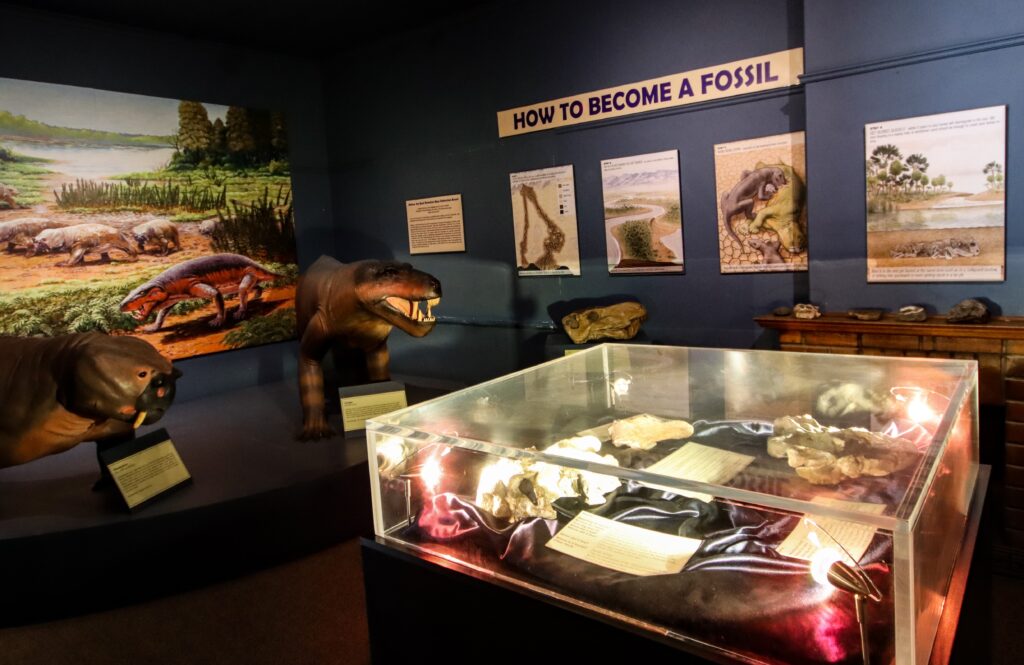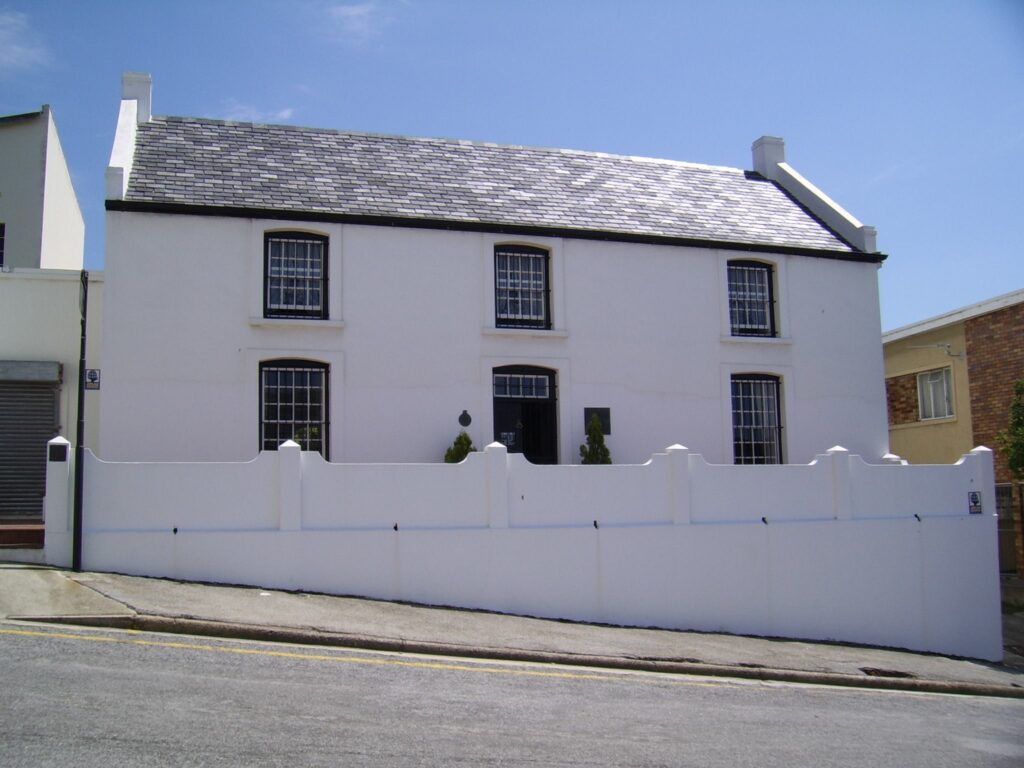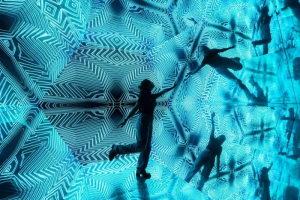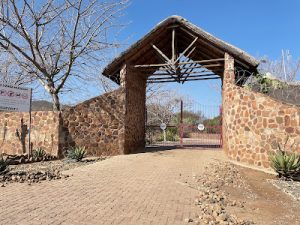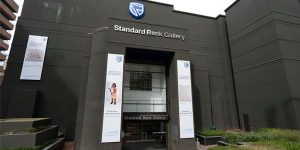Albany Museum

AVAILABLE: Guided Tours | Family Friendly | Wheel Chair Friendly | OPEN: Monday – Friday | MORE INFO: Museum Website | Facebook Page | Twitter Page | Phone: +27 (0)46 622 2312
Introduction
Located in Grahamstown in the Eastern Cape, the Albany Museum is affiliated with Rhodes University and is one of the oldest museums in the country, dating back to 1855. The museum has a rich and diverse history that spans over a century and a half, showcasing South Africa’s unique cultural, scientific, and historical heritage.
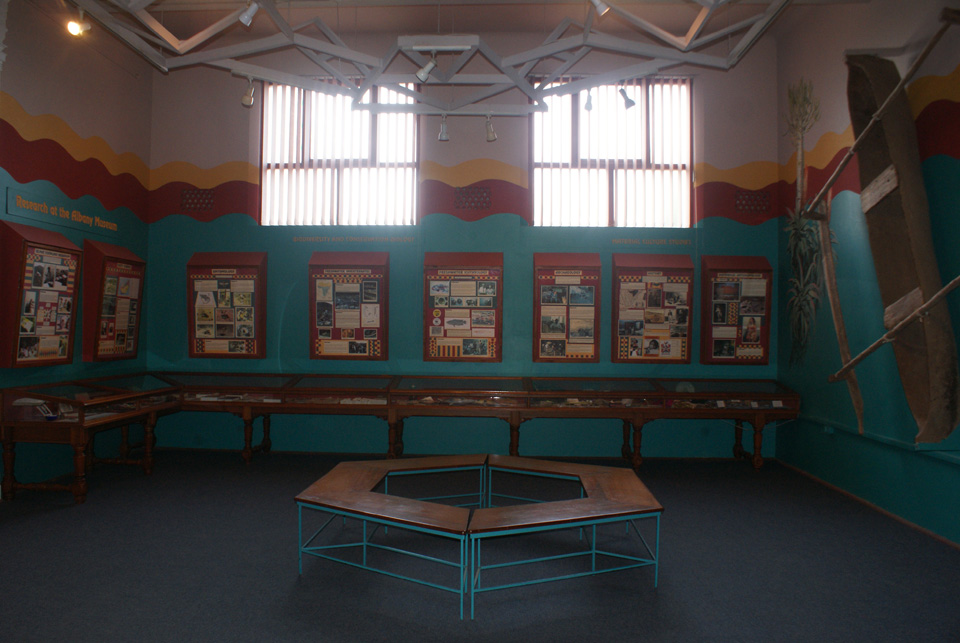
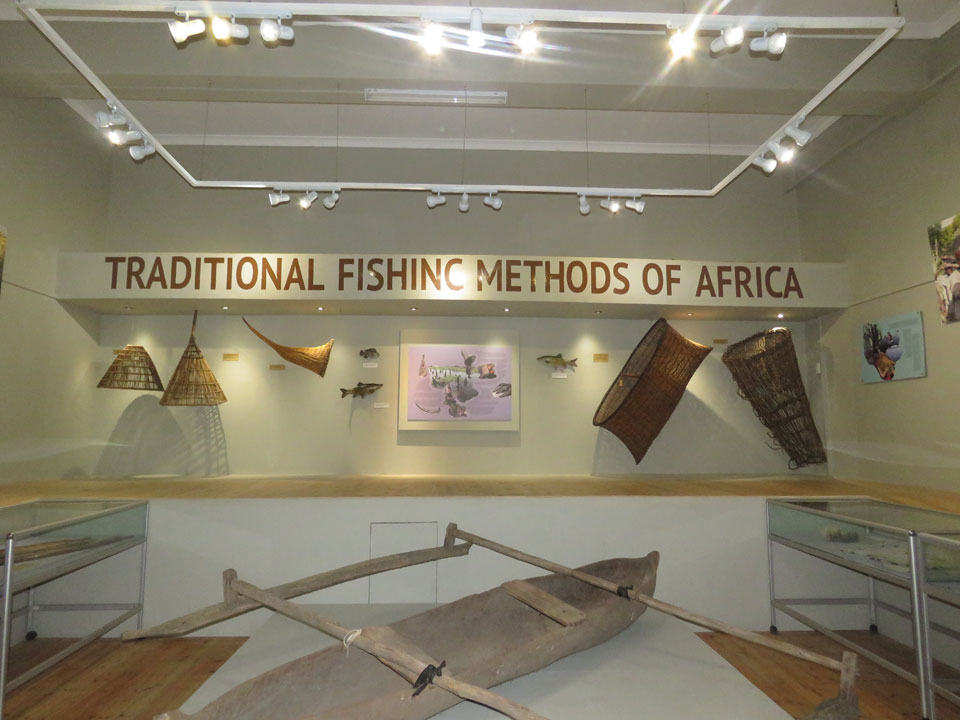
About the Museum
The nucleus of the museum was formed from the natural history and geology collections of the Eastern Province Literary, Scientific and Medical Society. The herbarium, which is staffed by the South African National Biodiversity Institute, holds specimens dating back to 1812, collected by William John Burchell, as well as a collection of 240 specimens donated by Constance Georgina Adams in 1919. The museum also houses a vast collection of invertebrate, vertebrate, and tetrapod fossils, and palaeolithic stone tools discovered by Thomas Holden Bowker near the Great Fish River.
RELATED: Browse more museums in the Eastern Cape
The museum is spread across seven buildings, including the Natural Sciences Museum, the History Museum, the Observatory Museum, Fort Selwyn, the Old Provost military prison, Drostdy Arch, and the Old Priest’s House. Each building has its own unique history and story to tell, offering visitors a glimpse into South Africa’s rich cultural heritage.
Natural Sciences Museum
The Natural Sciences Museum, which was built between 1889 and 1902 and has since undergone several additions, offers visitors a chance to explore 8800m² of floor space, including 2200m² of exhibition galleries. The museum houses a range of exhibits, including specimens generously supplied by other museums in South Africa, as well as administration offices, workshops, research departments, collections, a library, a taxidermy workshop, art studios, education facilities, and a 80-seat lecture hall.

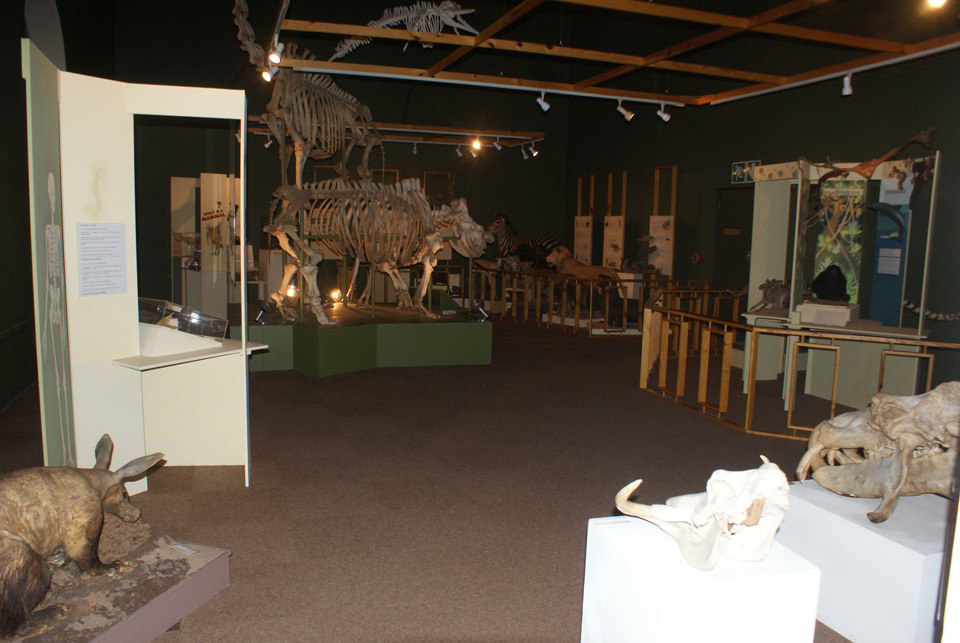

Observatory Museum
The Observatory Museum is a unique 19th century Victorian shop and home that has been transformed into a museum. The house holds a special place in history as the site where the first diamond found in South Africa was identified in 1867. The museum features a special exhibition that focuses on Dr. William G. Atherstone and the five other main participants in the identification of the first diamond. De Beers Consolidated Mines Ltd. purchased and restored the Observatory in 1980-82 to commemorate the beginning of the diamond industry in South Africa.
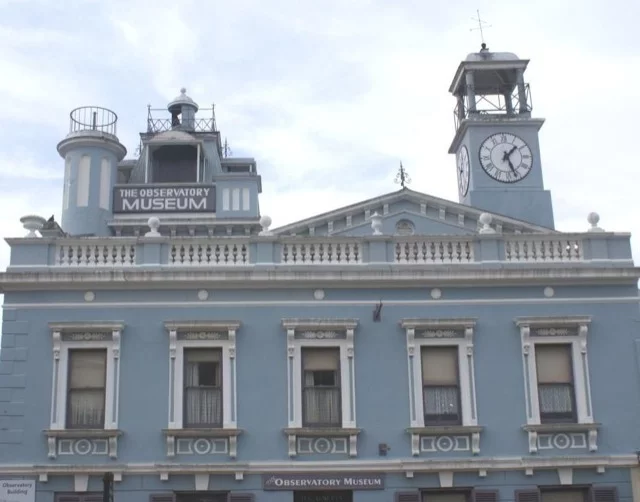
Old Provost Military Prison
The Old Provost military prison, which was built in 1838 by the Royal Engineers, is a unique example of Jeremy Bentham’s 18th century panopticon system for the “ceaseless surveillance” of prisoners. The prison consists of an outer circle of cells and exercise yards that could be kept under constant observation from the windows of a central two-story guardhouse. In 1937, the Old Provost was declared a national monument and was later restored by the Cape Provincial Administration before being handed over to the Albany Museum in 1982. The Old Provost is open by request only and offers visitors a glimpse into the history of military justice and punishment in South Africa.
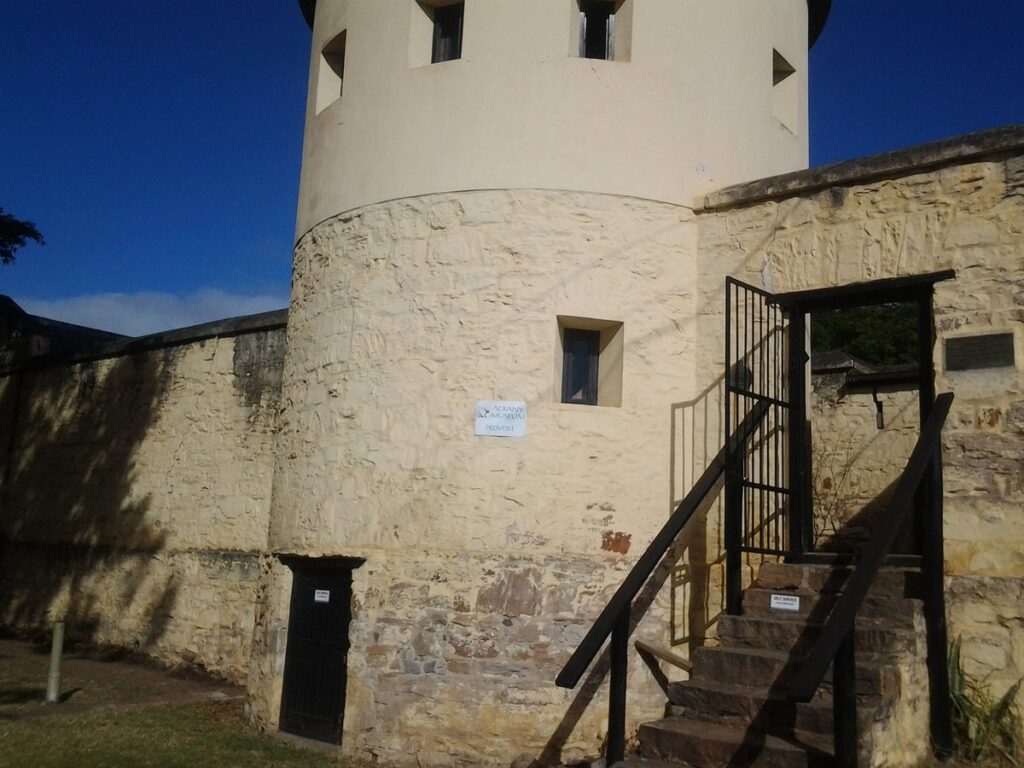
Photo Gallery
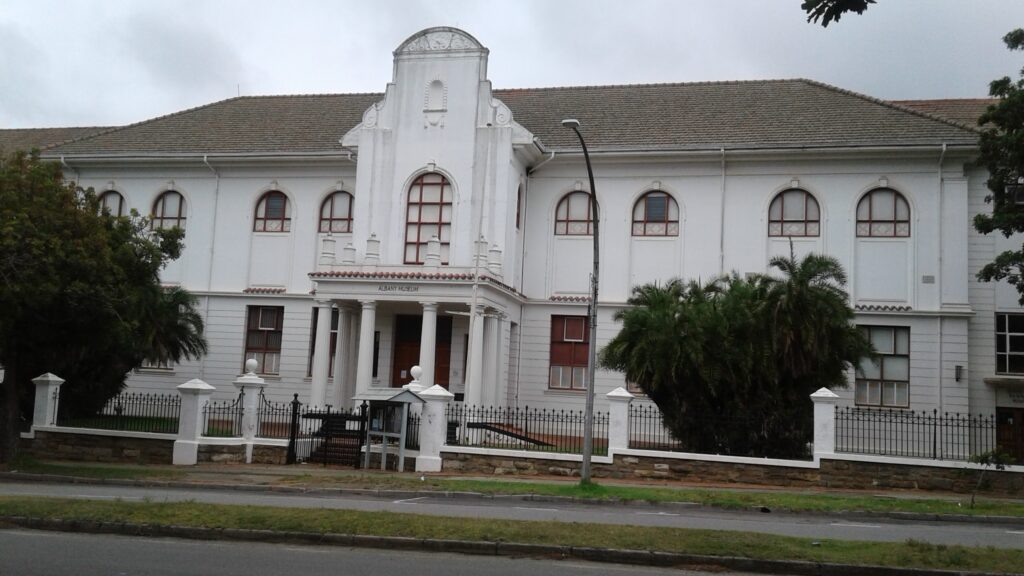
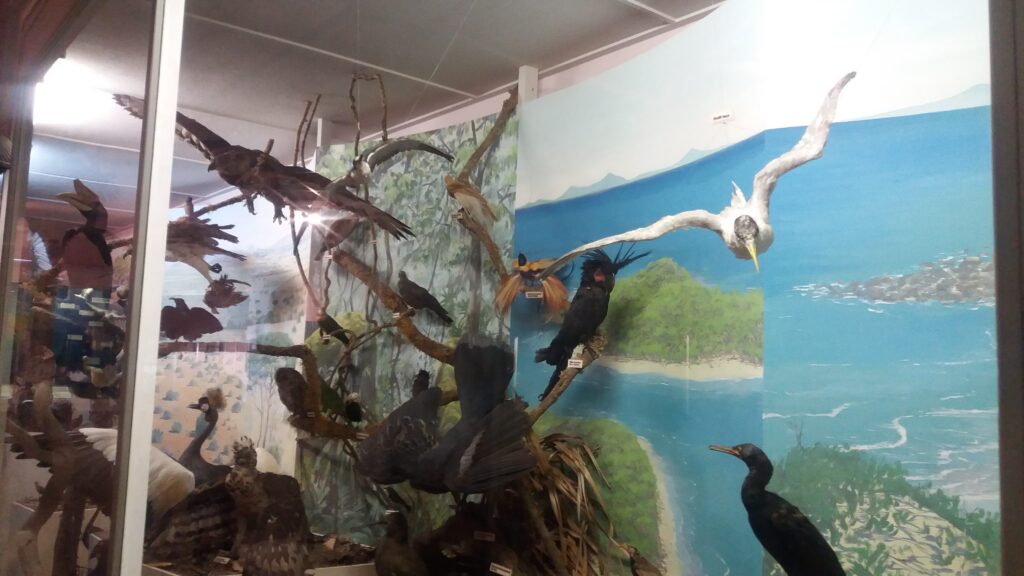
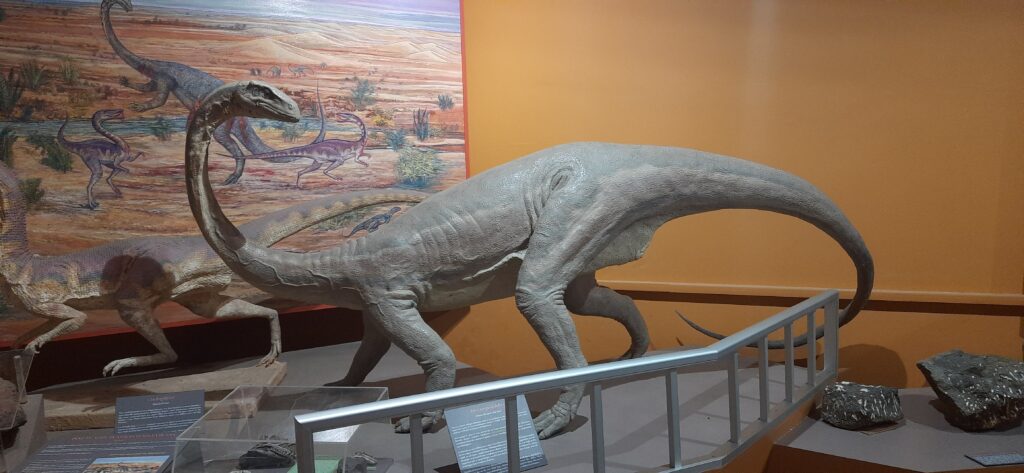
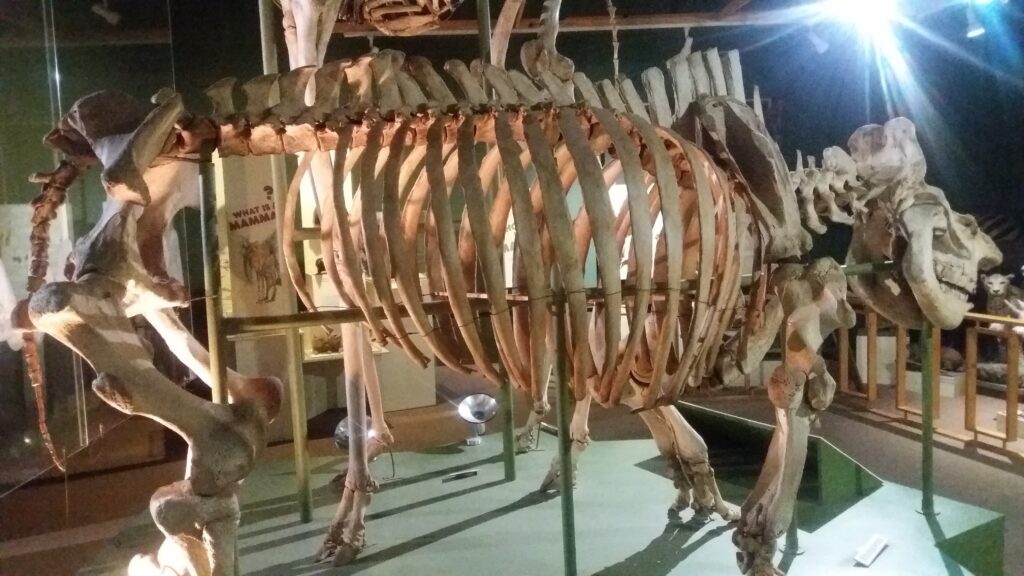
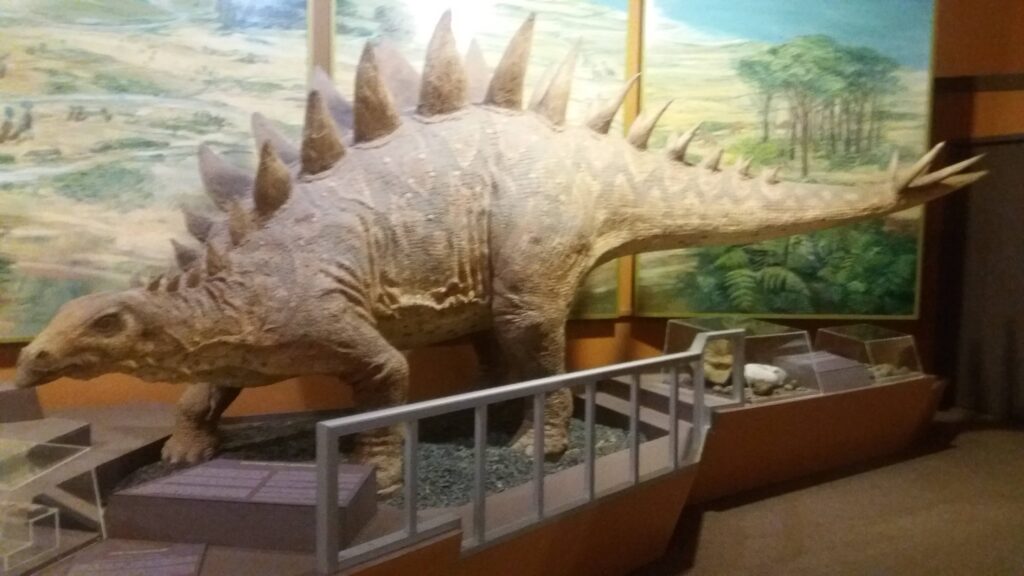
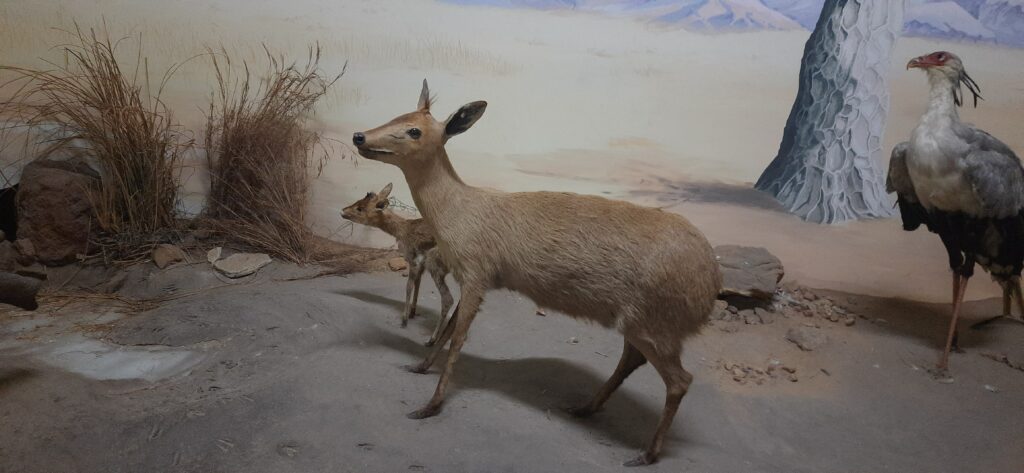
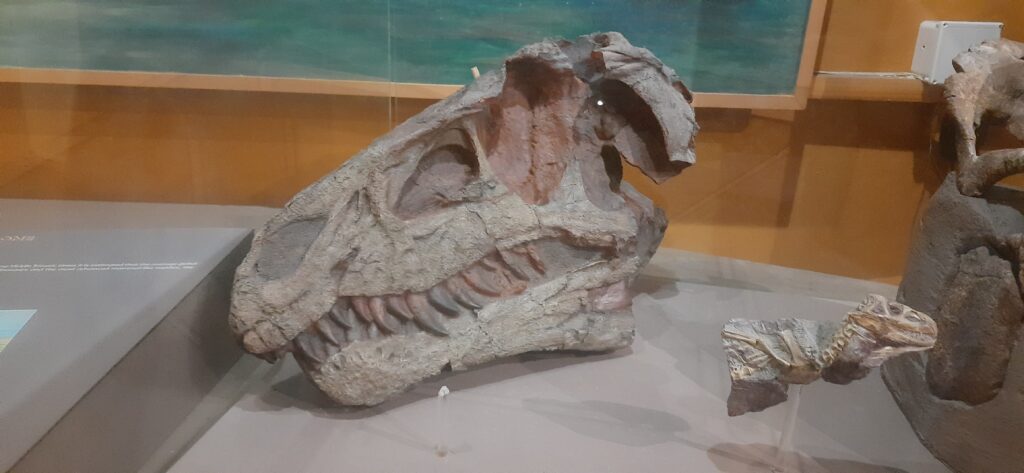

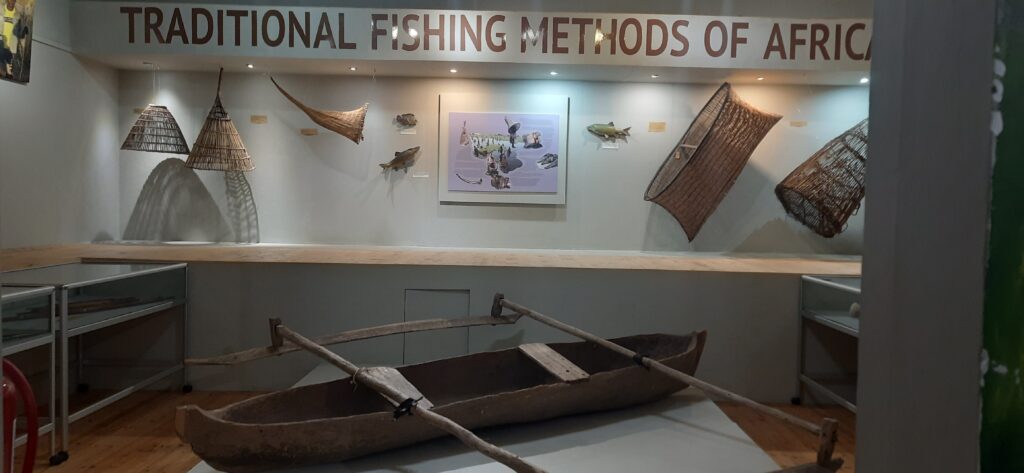
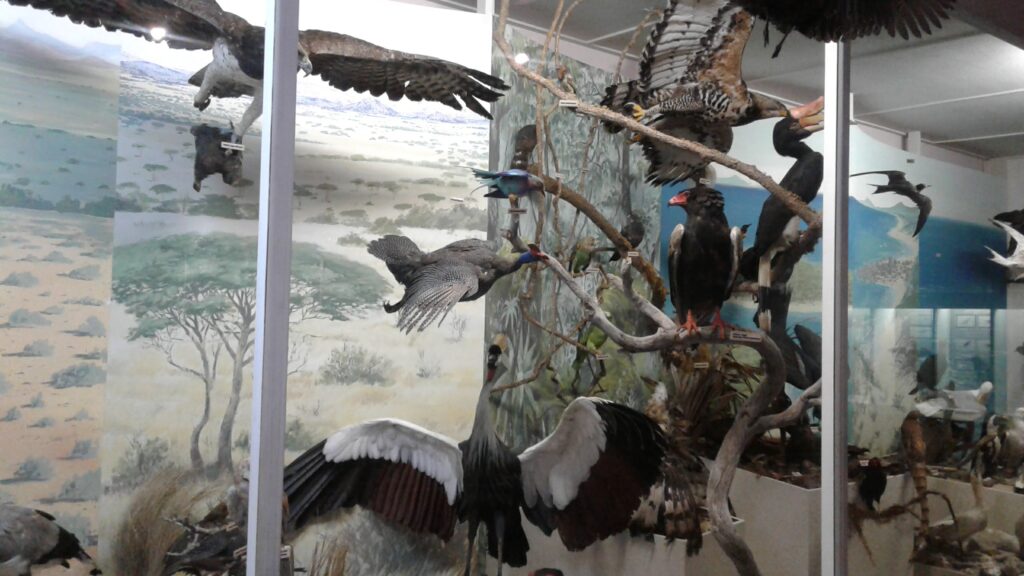
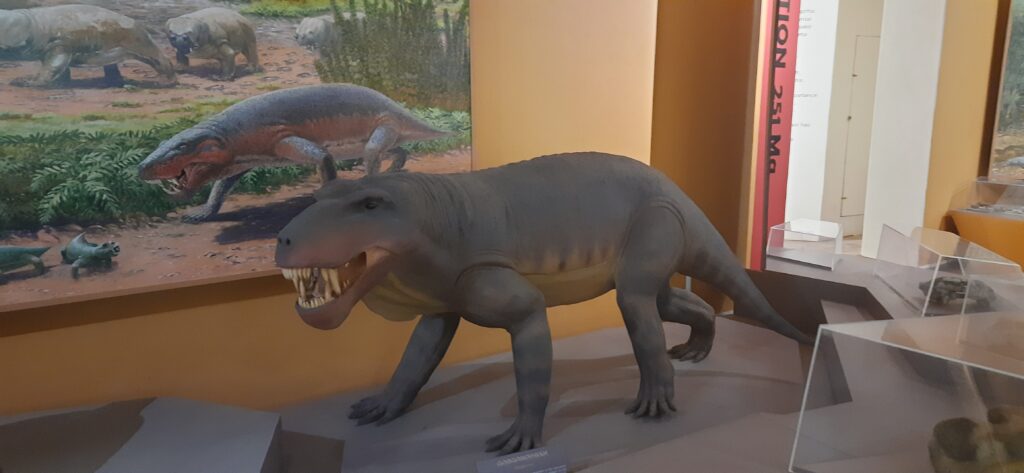
Physical Location
Tourist Experiences
Make a trip of it and visit some of the other recommended museums, tourist attractions and experiences in the area.
Conclusion
The Albany Museum is truly a journey through time and space, offering visitors a chance to explore South Africa's rich cultural heritage and scientific achievements. Whether you're interested in natural sciences, history, or just looking to learn something new, the Albany Museum is the perfect destination for anyone looking to deepen their understanding of this fascinating and beautiful country.
















